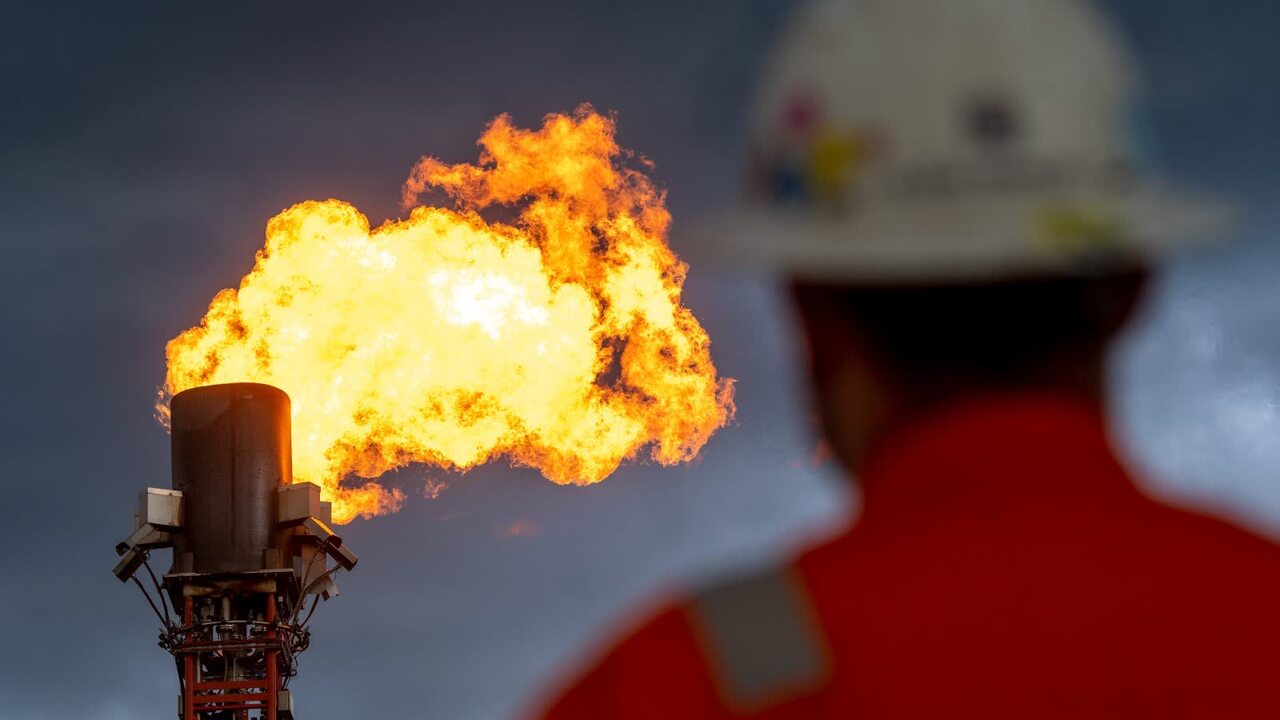Biogas from Australia’s human, animal and agricultural waste could be a clever fix for our energy problems | David Gillespie
With a little ingenuity, an unglamorous resource could help solve a big problem for Australia, writes David Gillespie.

While far from being glamorous, human, agricultural, and animal waste products may be the missing ingredient in Australia’s race to a net-zero future.
Rutherford in the New South Wales Hunter Region is home to Australia’s largest producer of ceramic tiles. National Ceramic Industries Australia (NCIA) is an Australian manufacturing success story, with the company employing over 60 people and shipping its products across Australia. NCIA even appears as a regular supplier on ‘The Block’.
NCIA’s success – along with that of hundreds of other manufacturers across the country – has been powered by gas.
Gas is the only fuel that can deliver the high heat needed by these manufacturers. And gas is the only fuel which is too often relegated to the sidelines – as a transitionary fuel – in the race to a net-zero future.
But a real chance exists to decarbonise gas, making it renewable, so companies like NCIA can continue operating, while also lowering their carbon footprint.
Enter human and agricultural waste.
While it may not be glamorous, human and agriculture waste is already producing biogas as it breaks down.
With some ingenuity this biogas can be transformed into biomethane and injected into the gas network for use by industry, businesses and homes.
Biomethane is a direct replacement for natural gas – meaning it is 100 per cent compatible with existing gas appliances and equipment, so no appliance or network upgrades are required.
And when produced at scale, forecasts show biomethane can be a competitive renewable option.
The challenge now is to get more of the stuff into our networks.
Industry is ready and primed, with organisations like Optimal Renewable Gas and Valorify announcing plans to build biomethane plants across regional New South Wales in recent months.
This comes after Australia’s first biomethane injection plant – a big green dome located at Malabar in Sydney’s southeastern suburbs – celebrated its one year birthday in early September.
We are also starting to see the green shoots of change at a policy level.
In August, the New South Wales Government commenced consultation on its existing Renewable Fuel Scheme, and a new Renewable Fuels Strategy.
The Strategy’s aim is to leverage renewable fuels to help achieve New South Wales’ emissions reduction target, decarbonise hard-to-abate sectors (those unable to electrify), drive regional development, and improve fuel security.
Biomethane can have a significant role in achieving these objectives.
Expanding the Renewable Fuel Scheme to biomethane, alongside hydrogen, is the best way the NSW Government can drive future demand in the renewable gas sector.
However, for renewable gases like biomethane to make a real difference they need to count, or more precisely, be counted.
This means allowing industrial customers and manufacturers to count biomethane towards their emissions reduction goals – in the same way renewable electricity can be.
A working group established by the Commonwealth Government is already exploring how renewable gases can be considered in the National Greenhouse and Energy Reporting Scheme (NGERS).
Given biomethane has already been recognised as carbon neutral by both the CSIRO and the Climate Change Authority, it simply makes sense to have it included in this list.
While it may be early days for Australia’s biomethane sector, biomethane’s inclusion in NGERS and the New South Wales Renewable Fuels Scheme has the potential to shore up investor confidence in this burgeoning industry, so more biomethane can be produced and used by businesses like National Ceramic Industries Australia: businesses which are looking to decarbonise their operations and remain competitive.
The development of a biomethane industry will have the added benefit of contributing to Australia’s ambition of becoming a manufacturing powerhouse – complete with the jobs and economic benefits that it delivers.
David Gillespie is the Managing Director of Jemena, a supporting partner of the Keep The Lights On series.
Originally published as Biogas from Australia’s human, animal and agricultural waste could be a clever fix for our energy problems | David Gillespie


